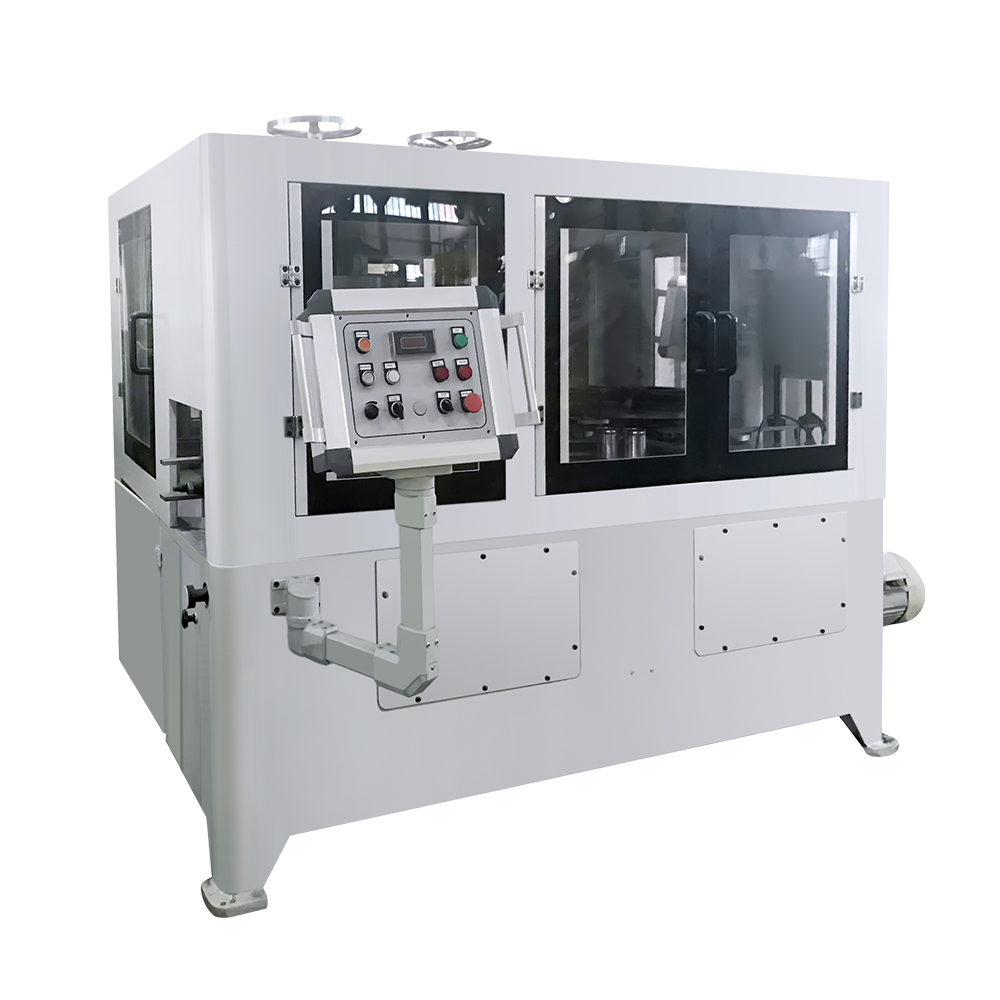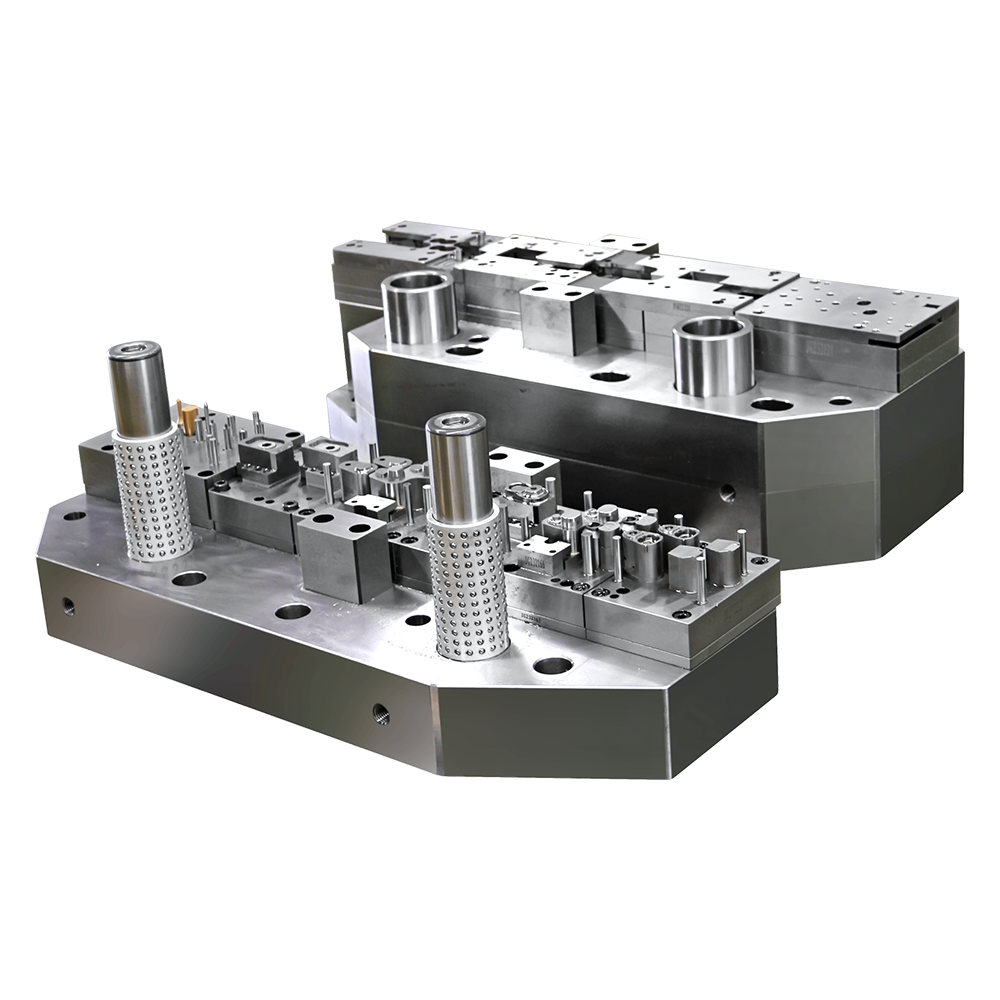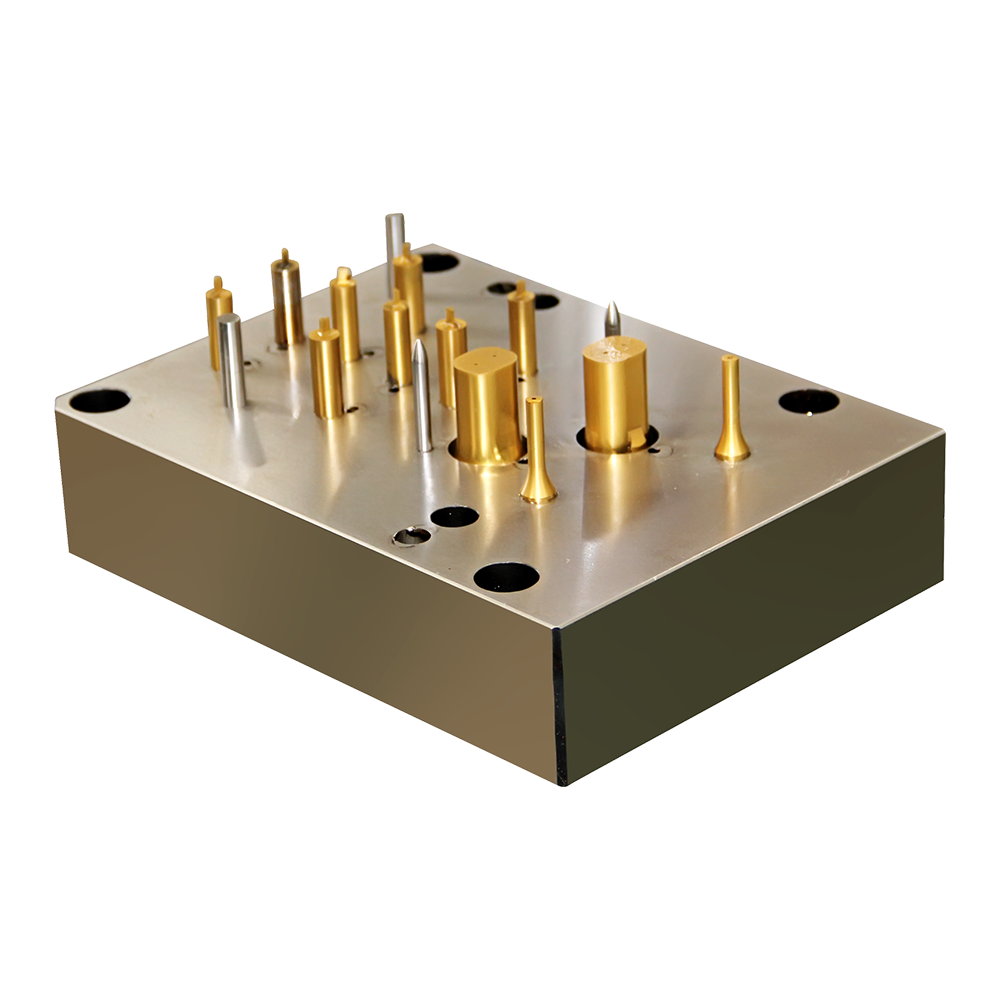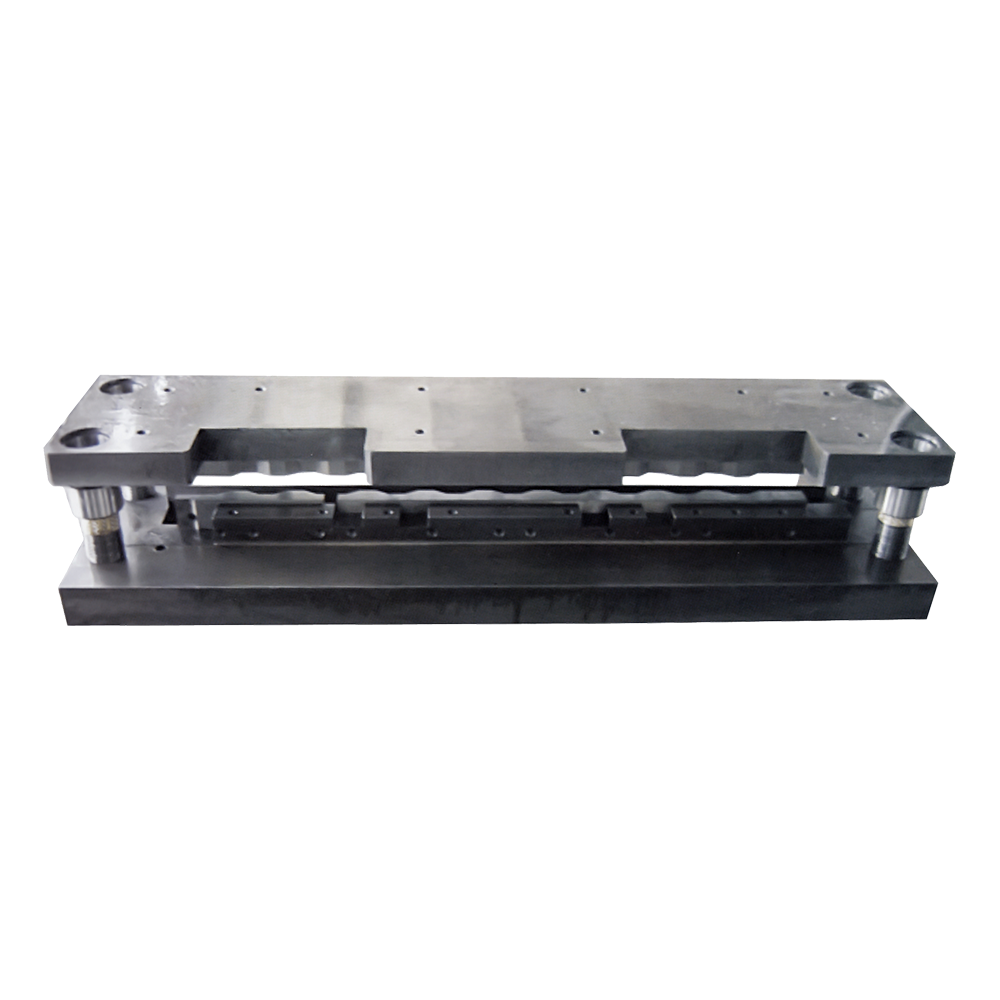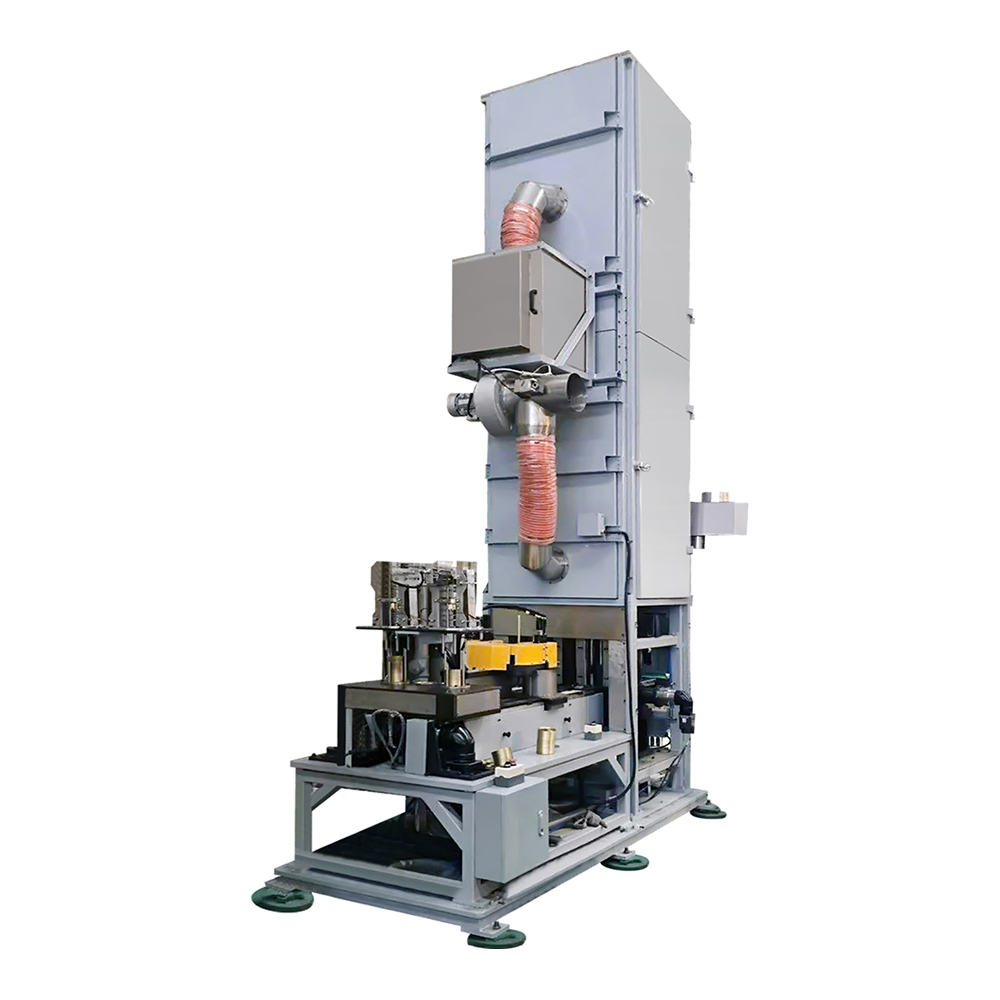Introduction to High-Speed Can Making Machines
Can making machines are designed to produce large quantities of metal cans used in industries such as food, beverages, and chemicals. In modern production environments, these machines are expected to operate at high speeds to meet market demands while maintaining consistent accuracy. Accuracy in this context refers to the precise shaping, cutting, and forming of the can body and ends, ensuring that dimensions and sealing characteristics meet industry standards. The ability of a can making machine to maintain stable accuracy when running at high speed is influenced by a combination of structural design, control systems, material quality, and operator management. This article examines the technical aspects and challenges involved in ensuring stable accuracy during high-speed operations.
Importance of Accuracy in Can Production
Accuracy plays a fundamental role in can manufacturing because it directly impacts product performance and consumer safety. A small deviation in dimensions can lead to sealing issues, leakage, or incompatibility with filling and packaging equipment. High-speed production amplifies the risks, as even minor errors can affect thousands of cans within minutes. Consistent accuracy ensures that cans maintain uniform wall thickness, correct height, and precise diameter, which are crucial for withstanding pressure and protecting the contents. Therefore, achieving stable accuracy at high speeds is a priority for manufacturers who must balance efficiency with quality assurance.
Structural Design for High-Speed Stability
The structural design of can making machines is a determining factor in maintaining accuracy at high operating speeds. Machines are typically built with reinforced frames and precision-aligned moving parts to minimize vibration and deformation. High-quality bearings and drive systems reduce mechanical play, ensuring that each forming cycle is executed with precision. The alignment of the punch, die, and cutting mechanisms must remain stable during rapid movements. Advanced designs incorporate damping systems that absorb vibrations, preventing them from affecting dimensional consistency. This structural robustness is key to supporting accuracy during extended high-speed runs.
| Structural Component |
Function |
Contribution to Accuracy |
| Reinforced frame |
Provides rigidity |
Minimizes vibration |
| Precision bearings |
Guides moving parts |
Reduces mechanical play |
| Damping system |
Absorbs shock |
Maintains dimensional stability |
| Alignment mechanism |
Keeps tools in position |
Ensures consistent forming |
Role of Automation and Control Systems
Modern can making machines rely heavily on automation and digital control systems to maintain accuracy. Programmable logic controllers (PLCs) and computer numerical control (CNC) systems monitor and adjust machine functions in real time. Sensors measure key parameters such as pressure, position, and speed, ensuring that deviations are corrected instantly. Automatic lubrication systems also contribute by reducing friction and wear, keeping the machine operating smoothly at high speeds. These control systems allow operators to set precise production parameters and monitor the process continuously, ensuring that accuracy does not decline as output rates increase.
Material Quality and Its Influence
The quality of raw materials used in can production significantly affects the ability of machines to maintain accuracy at high speeds. Variations in material thickness, hardness, or surface finish can increase the likelihood of defects during forming. Consistent material properties reduce stress on the forming tools and allow smoother machine operation. High-grade aluminum or tinplate sheets with controlled tolerances are often preferred to ensure predictable behavior under pressure. When material quality is unstable, even the most advanced machines may struggle to maintain precision. Manufacturers therefore place strict requirements on suppliers to provide uniform materials for stable production.
Tooling Precision and Maintenance
Tooling is central to the accuracy of can making machines. Punches, dies, and cutting blades must be manufactured to tight tolerances and maintained regularly. At high speeds, even slight tool wear can lead to cumulative inaccuracies that affect thousands of cans. Regular inspection and timely replacement of tooling components are essential for sustaining accuracy. Some machines are equipped with tool monitoring systems that detect wear patterns and alert operators before quality issues arise. Maintenance routines also involve cleaning and calibration to prevent buildup of debris or misalignment that could compromise performance.
| Tooling Factor |
Impact on Accuracy |
Recommended Practice |
| Punch wear |
Causes uneven forming |
Regular inspection and replacement |
| Die alignment |
Affects can dimensions |
Precise calibration |
| Blade sharpness |
Influences cutting quality |
Routine sharpening |
| Lubrication |
Reduces friction |
Automatic lubrication systems |
Vibration Control and Mechanical Dynamics
High-speed operation generates mechanical vibrations that can affect the precision of forming and cutting processes. Uncontrolled vibrations may lead to dimensional variations, tool misalignment, or premature wear. Manufacturers address this challenge by incorporating vibration damping technologies and optimizing machine dynamics. Balanced rotating components, shock-absorbing mounts, and finely tuned drive systems reduce the transmission of vibrations. Operators may also adjust machine speed based on vibration levels, ensuring that accuracy is preserved even during rapid production cycles. Proper installation on stable flooring further enhances vibration control.
Human Factors and Operator Management
The role of machine operators should not be overlooked when considering accuracy at high speed. Skilled operators are able to adjust settings, monitor performance, and respond quickly to anomalies. Training programs ensure that operators understand the significance of precision and know how to maintain stable operation. Human error, such as improper material loading or delayed response to alarms, can undermine machine accuracy. Therefore, operator vigilance and proper management are key to sustaining high-quality output. Some facilities employ automated inspection systems to support operators in detecting deviations early.
Quality Monitoring and Inspection Systems
Inspection systems are increasingly integrated into can making machines to verify accuracy in real time. High-speed cameras, laser measurement systems, and pressure testing devices evaluate cans as they are produced. These systems can detect dimensional deviations, surface defects, or sealing issues before the cans proceed further in the production line. Automated rejection mechanisms remove non-conforming cans, preventing defective products from reaching customers. Continuous feedback from inspection systems allows machines to make automatic adjustments, further stabilizing accuracy during high-speed production.
Energy and Thermal Management
High-speed operations generate heat in the mechanical and electrical components of can making machines. Excessive heat can cause expansion, leading to dimensional shifts and reduced accuracy. Effective cooling systems, including air and liquid cooling, are therefore essential for maintaining stable operation. Energy-efficient drive systems also reduce unnecessary heat generation. Proper thermal management ensures that machine components remain within safe operating ranges, supporting consistent performance. Energy stability, including voltage regulation, further contributes to precision by preventing irregularities in machine movement.

Industry Practices and Benchmarking
Manufacturers of can making machines often benchmark their equipment against industry standards to demonstrate stable accuracy at high speeds. Performance tests include measuring dimensional deviations over extended production runs, assessing tool wear rates, and monitoring energy efficiency. Benchmarking allows manufacturers to identify strengths and areas for improvement while providing customers with data-driven confidence in machine reliability. Adopting best practices from leading producers ensures that machines can meet the demands of large-scale can manufacturing without compromising accuracy.
Case Study Examples
Consider a can making facility producing aluminum beverage cans at a rate of 2,000 cans per minute. Stability of accuracy is achieved through a combination of advanced CNC control, high-quality tooling, and strict material standards. Regular inspections ensure that tooling wear does not compromise production quality. In another case, a facility producing food cans employs inline inspection systems that measure can height and diameter in real time, rejecting defective units automatically. These examples highlight that achieving accuracy at high speed is feasible when structural, operational, and monitoring factors are effectively managed.
Challenges in Maintaining Accuracy
Despite technological advancements, challenges remain in maintaining accuracy during high-speed operations. Material inconsistencies, unexpected machine vibrations, and tooling wear are common issues that require continuous attention. Production interruptions or improper maintenance can also reduce accuracy. Addressing these challenges requires a proactive approach that combines preventive maintenance, quality control, and skilled operator oversight. While no system is immune to potential deviations, the combination of technology and management practices helps mitigate risks significantly.
Future Developments in Can Making Accuracy
Emerging technologies are expected to further improve accuracy in high-speed can making. Artificial intelligence (AI) systems are being explored to predict tooling wear, optimize machine parameters, and enhance quality inspection. Smart sensors with greater sensitivity can provide earlier warnings of deviations. Digital twins, or virtual models of production equipment, enable manufacturers to simulate and optimize performance before implementing changes on physical machines. These innovations are likely to strengthen the ability of can making machines to maintain precision under increasingly demanding production requirements.

